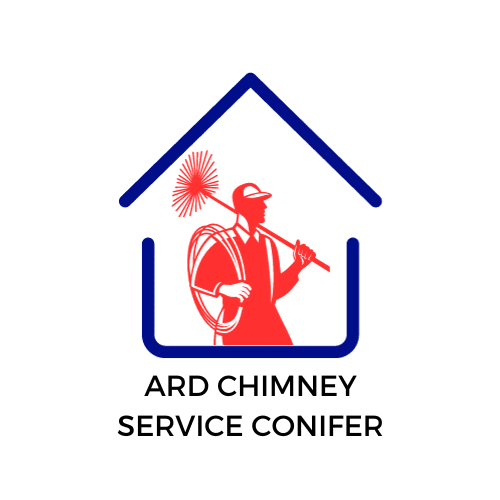Revamp Your Fireplace: The Ultimate Guide to Chimney Liners
Do you find your fireplace less effective in warming your house than it once was? Or is a draft or noises coming from the chimney? It might be time to consider the unsung hero of the chimney system: the chimney liner.
Discover why this component is critical and how it helps maintain warmth and security within your home.
All About Chimney Liner
First, what is this chimney liner we are constantly told about? Simply put, a lining within the chimney system creates a separation between the fireplace and the chimney’s walls. It carries the smoke and gases produced in the fireplace flue out of the home, effectively insulating the structure from the heat and minimizing the chances of a chimney fire.
Why You Need a Chimney Liner
You might be wondering why a chimney flue liner is necessary. Here are a few compelling reasons:
- Safety First: The primary role of the chimney flue liner is to channel the combustion products out of the house safely. Without it, gases such as carbon monoxide may freely infiltrate the living area, which is dangerous to human health.
- Protect Your Home: A chimney flue liner also shields the chimney and its metallic parts from the hazardous results of smoking wood. This leads to the chimney requiring fewer repairs or replacements, thus increasing its overall lifespan.
- Improved Efficiency: A fireplace flue liner will also work to improve the efficiency of the fireplace or the furnace. It enables the heating system to work most effectively by creating a way through which gases are allowed to escape.
There are mainly three chimney liners: Clay tiles, Metals, and Cast-in-place. All of them have their benefits and limitations.
-
Clay Tile Liners
These are the most common types found in older homes. They are long-lasting but may chip when exposed to high temperatures or fire from the chimney.
-
Metal Liners
Constructed from top-quality materials such as stainless steel or aluminum, these liners are ideal for installing or repairing new chimneys. They are durable and able to withstand high temperatures.
-
Cast-in-Place Liners
These are poured into the chimney, giving it a smooth, lined surface that serves as an insulator. They are effective but more costly and time-consuming to implement than other security measures.
Signs You Need a New Chimney Liner
How can you tell when it’s time to replace the chimney liner? Here are some signs to watch out for:
- Cracked Flue Tiles: If fragments of the chimney flue or the fireplace flue are discovered in the fireplace, then the liner means the liner is wearing off.
- Rust: When there is rust on the damper or firebox, it shows moisture issues, which could indicate that the liner is an issue.
- Inefficient Heating: If the fireplace puts out less heat than in the past, the liner could be compromised or installed incorrectly.
Replacement Process
Replacing a chimney flue liner may sound complicated, but given the proper personnel, it is more of a doable ordeal. Typically, the process involves:
- Inspection: A thorough inspection to assess the current condition of the chimney liner.
- Removal: Carefully remove the old, damaged liner.
- Installation: Installing the new liner, whether it’s metal, clay, or cast-in-place.
Trust the Experts
Regarding something as crucial as home safety, it would be nice to be in good company. Chimney Services Conifer has provided chimney sweeps and repair services for over seven years; the team is certified, reputable, and happy to address all the questions. Free inspections are also given to reassure people.
Therefore, if there is a suspicion that the chimney liner will require maintenance, do not wait to call. The proper care of the chimney flue liner is important to have a safe and warm home all year round.
Call Chimney Services Conifer right now and make sure the fireplace is prepared to warm up the house for the whole winter.
